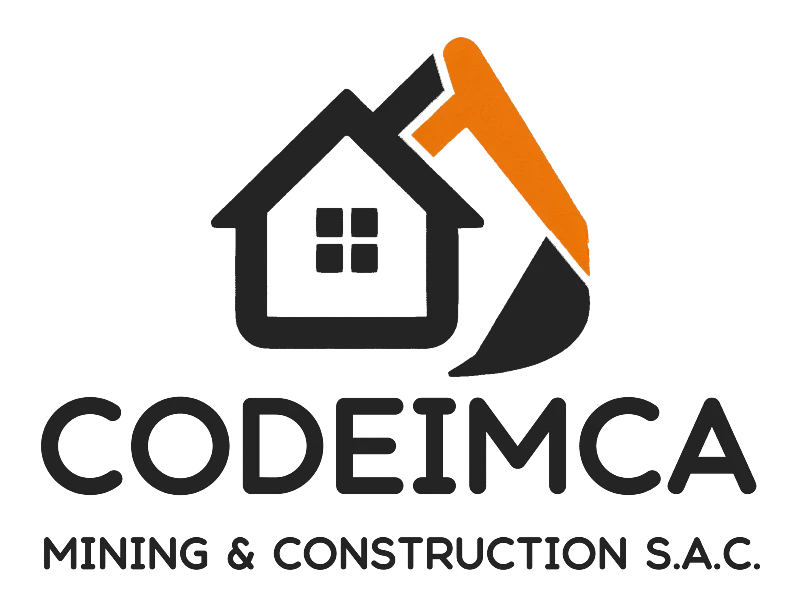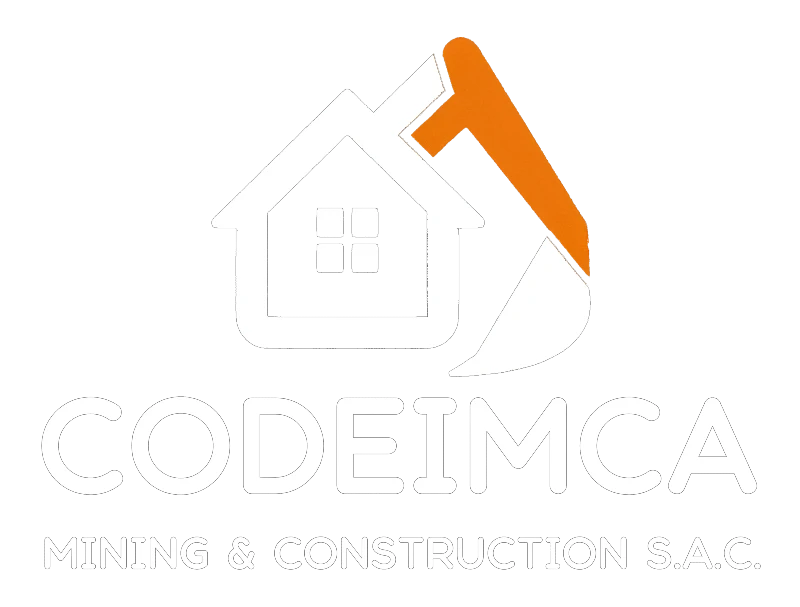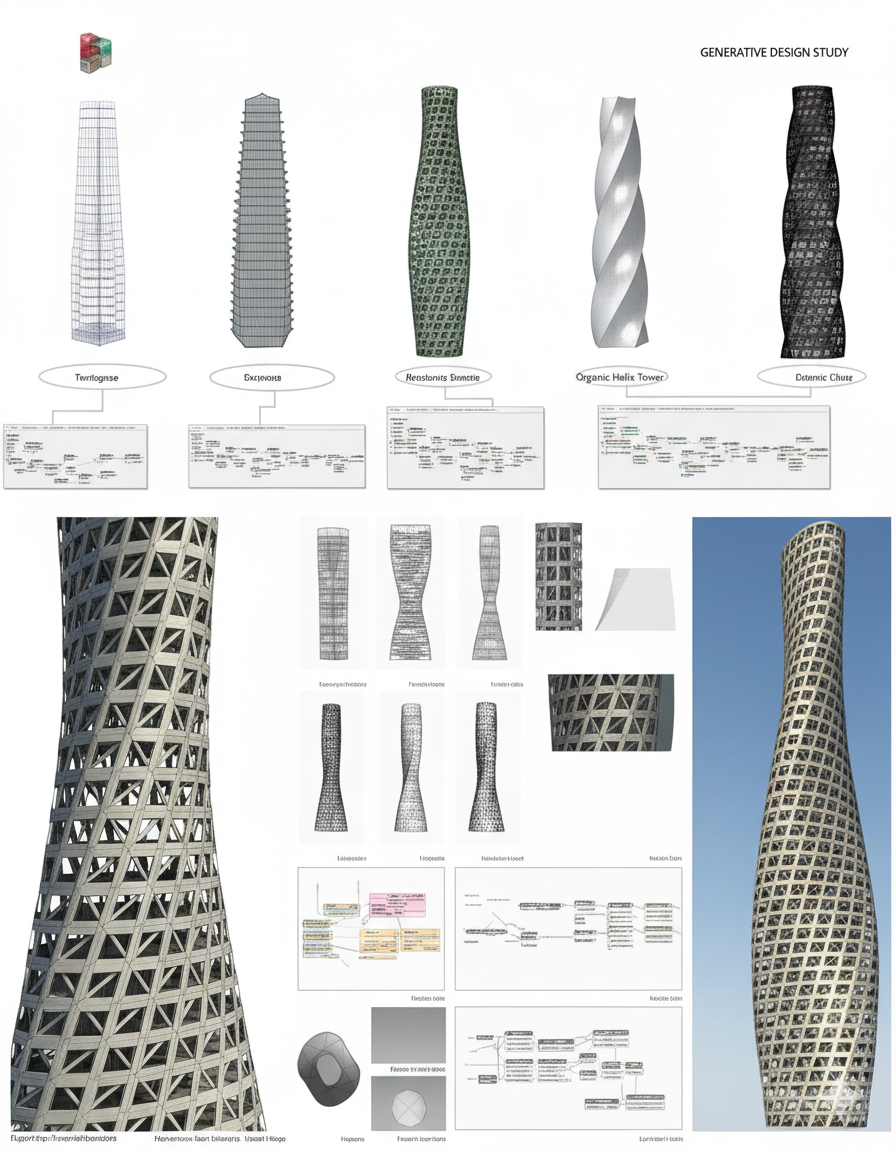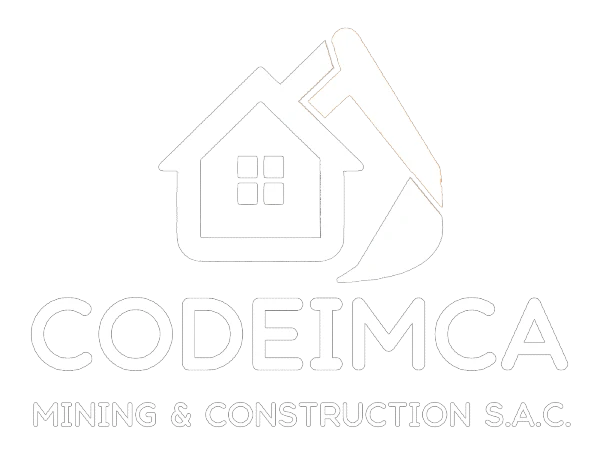Are We Underestimating the Power of Visual Programming?
The concept of Building Information Modeling (BIM) has promised an era of unprecedented efficiency and collaboration. However, day-to-day, many professionals find themselves trapped in a loop of repetitive tasks and rigid workflows, where software is a powerful yet often inflexible tool. The question is: is there a way for the software to adapt to us, and not the other way around?
The answer lies in a transformation that hasn’t made much noise but is redefining the future of the sector: the adoption of visual programming. Far from being a language for tech experts, tools like Dynamo and Grasshopper are democratizing the ability to program, allowing engineers and designers to take control of their own processes.
A Language for Innovation
The essence of visual programming is simplicity. Instead of writing thousands of lines of code, the user builds logic and automations by connecting visual nodes. It’s an approach that turns programming into a kind of logical puzzle, accessible to anyone with an understanding of design and construction workflows.
This new approach has enabled a series of significant advancements. Tasks that previously consumed hours or even days of manual work, such as re-numbering hundreds of elements or generating complex geometries, can now be executed in minutes. The machine handles repetition, leaving the person free for creativity and strategy.
Beyond Efficiency
Visual programming fosters a feedback loop where design decisions can be tested and evaluated almost in real-time. A designer can test multiple variations of a parametric facade and analyze its impact on energy performance. A structural engineer can optimize reinforcement placement, minimizing waste. An MEP team can dynamically adjust facility layouts as the architecture evolves.
This level of adaptability and agility is something that traditional BIM tools alone cannot offer. Visual programming is acting as the connector, allowing model data to represent not only geometry but also active information that shapes the design and construction process.
AECO Professionals
The rise of these tools presents a new fundamental skill for professionals in the sector. It’s not about becoming a software developer, but about specializing in automation processes and customizing workflows. As project complexity grows and the need for optimization becomes more critical, this ability to adapt and automate tools will be a decisive factor.
Visual programming, in essence, is the AECO sector’s response to an increasingly digitalized and demanding environment.
Fuente: Blog de BIM



